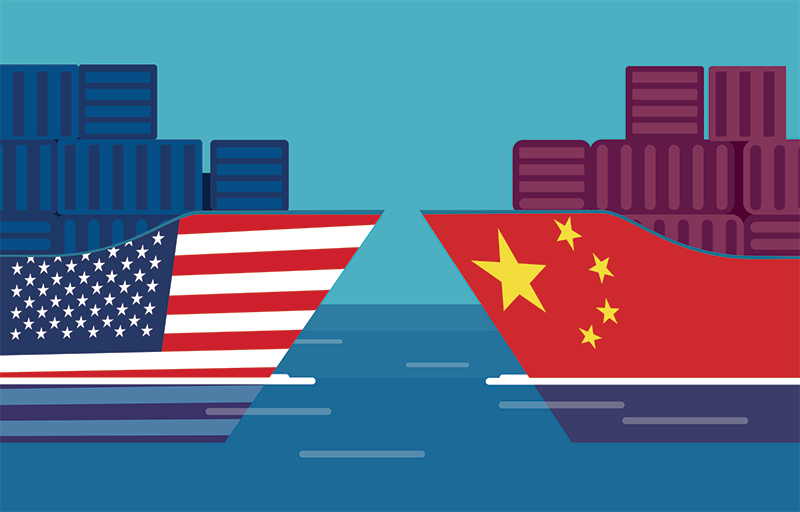
Top 4 Strategies to Help You Reduce Tariff Risk
By Shirish Joshi
We are in the midst of escalating trade tensions between China and the USA. In the last few months we have seen even greater uncertainty as to what lies ahead for many small to midsize companies in the US. These are the companies who are likely to be seriously affected by the impending changes.
Some companies have already taken a hit. The rise in tariffs, and/or products falling under the umbrella of the growing list of products now subject to tariffs, is a risk that could grow. To complicate these situations, most small companies do not have the knowledge or the wherewithal to navigate the few approaches to solving this problem. Some of the ways to do this are outlined:
- Reclassification of HTS codes: HTS codes are classification codes assigned to products and require that all importers into the USA must use to classify their products. Is it possible that your product could be listed in a different category, thus working around tariffs? Possibly, although listing your product under a different category code is not without its own risks. You will need to navigate your way through the entire HTS codes list to see if there is a possibility of reclassifying. This will require a legal person who can guide the company through this process.
- Re-Shoring: This basically means relocating your final product manufacturing location from one offshore location to another one. Changing the country of origin can be a long drawn out process depending on the product and supply chain complexity. You may also need re-certification of products that would be required if you choose to re-shore. Small and mid-size companies can struggle to do this due to lack of resources and/or unfamiliarity with the newer geographies. This can become a daunting task if not executed well and companies can find themselves at risk by not having a well thought out strategy and plan.
- Redesign portions of the supply chain: Redesign portions of the supply chain: This is a slightly easier task to accomplish, depending on product complexity and the existing supply chain-ecosystem. This would entail breaking up the process flow of manufacturing in such a way that some of the product sub-assemblies could stay as-is; only the final assembly and test piece would get relocated to a different geography. This still requires resources and a sound transfer strategy and plan.
- Indirect Shipping: In certain situations companies may be able to disguise work around country of origin barriers by shipping to an interim transfer location. A third party may then take possession and reship to the US. This is easier if the parent company has partner companies located in the transfer point. This is a fairly sophisticated option that also has its challenges and need for advisory.
Shirish Joshi has over 30 years of experience in Manufacturing Operations and Supply Chain development in the high technology Industry in diverse products like Computing systems, Telecomm, IoT’s, Solar and Consumer goods. His extensive experience includes large multi-national companies such as Sun Microsystems, Silicon Graphics, Apple and Magellan Navigation and early stage startups like Neoteris, World Wide Packets, Pluribus Networks and LittleBits. Over 15 years of this experience has been as a Vice President of Operations.


